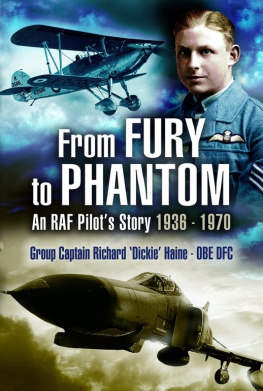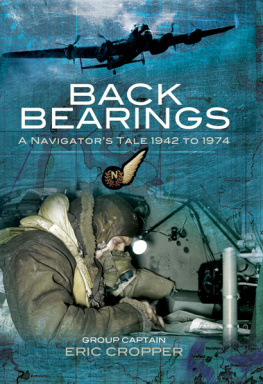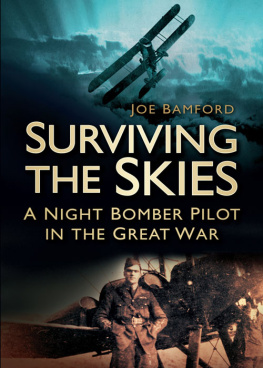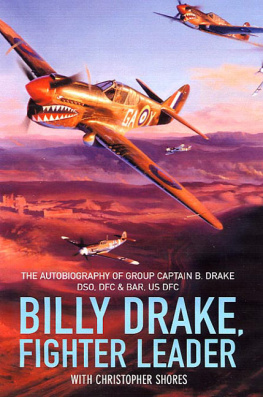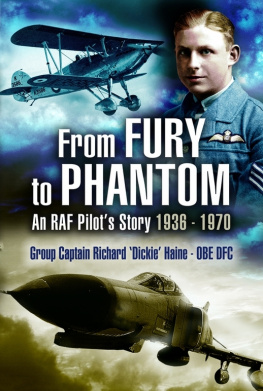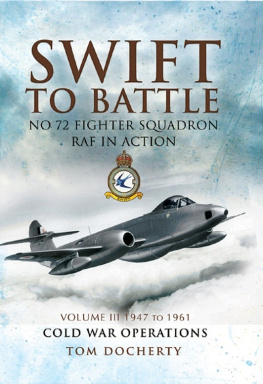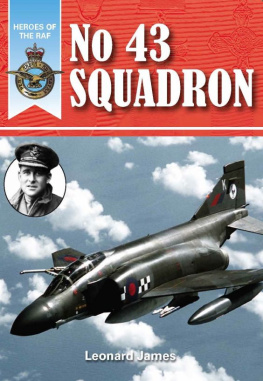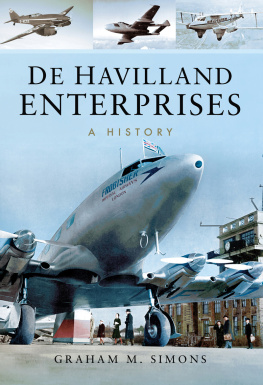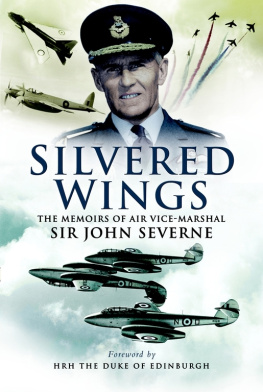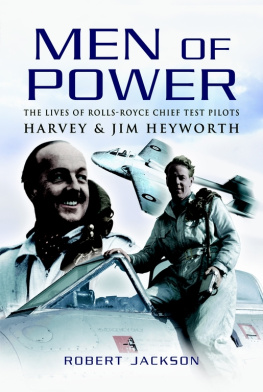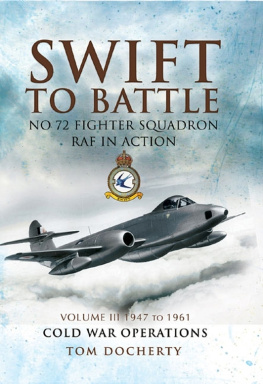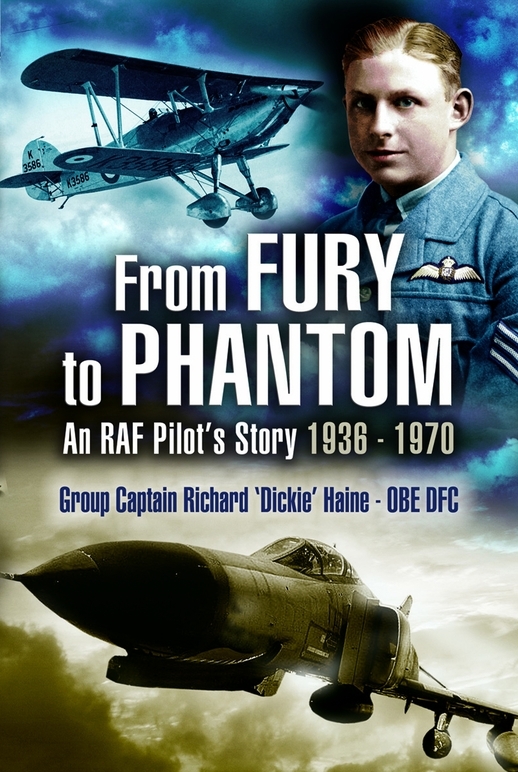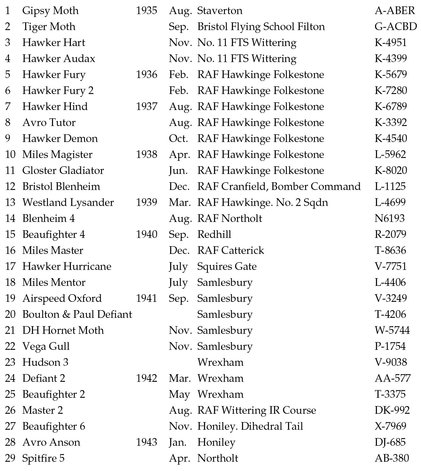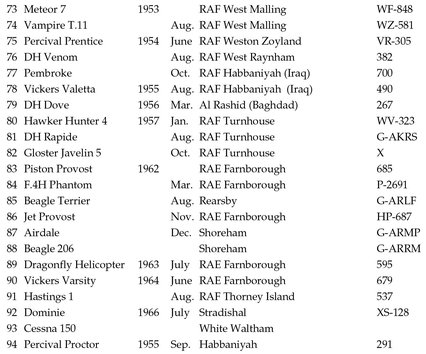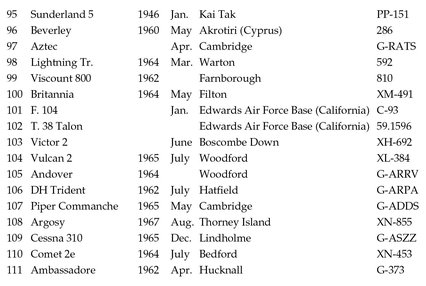Captain Group - From Fury to Phantom: An RAF Pilots Story - 1936-1970
Here you can read online Captain Group - From Fury to Phantom: An RAF Pilots Story - 1936-1970 full text of the book (entire story) in english for free. Download pdf and epub, get meaning, cover and reviews about this ebook. City: Barnsley, Great Britain, year: 2005, publisher: Pen & Sword Aviation, genre: Non-fiction. Description of the work, (preface) as well as reviews are available. Best literature library LitArk.com created for fans of good reading and offers a wide selection of genres:
Romance novel
Science fiction
Adventure
Detective
Science
History
Home and family
Prose
Art
Politics
Computer
Non-fiction
Religion
Business
Children
Humor
Choose a favorite category and find really read worthwhile books. Enjoy immersion in the world of imagination, feel the emotions of the characters or learn something new for yourself, make an fascinating discovery.
- Book:From Fury to Phantom: An RAF Pilots Story - 1936-1970
- Author:
- Publisher:Pen & Sword Aviation
- Genre:
- Year:2005
- City:Barnsley, Great Britain
- Rating:3 / 5
- Favourites:Add to favourites
- Your mark:
From Fury to Phantom: An RAF Pilots Story - 1936-1970: summary, description and annotation
We offer to read an annotation, description, summary or preface (depends on what the author of the book "From Fury to Phantom: An RAF Pilots Story - 1936-1970" wrote himself). If you haven't found the necessary information about the book — write in the comments, we will try to find it.
His first posting was with No 25 Squadron flying Hawker Demons and Gloster Gladiators during 1936 until the unit was re-equipped with Bristol Blenheims and undertook a night-fighter role. These were difficult days during which the primitive radar system made it all but impossible to locate incoming enemy aircraft, but the squadron were also sent on several offensive missions over the recently invaded European countries. Haine was lucky to escape when his aircraft was brought down and crash-landed on a small Dutch island after an abortive raid on German occupied Walhaven airfield. After a hazardous journey on foot through the increasingly threatened lowlands he escaped on a RN Frigate. During the Battle of Britain he continued in the night-fighting role flying from Manston in Kent.
Now a Commissioned officer, he was given command of No 96 Squadron, flying Boulton Paul Defiants in the night defense of the industrial heartland of England. The, after a spell as a Staff Officer at Bentley Priory, he took command of No 448 (New Zealand Squadron) who were equipped with the superlative de Havilland Mosquito. During this period the squadron had an enviable score sheet in downing enemy aircraft during many night operations.
In 1945 the author was dispatched by ship to take charge of a newly formed wing to aid those forces still at war with Japan. However, whilst still at sea, the war ended and Haine found himself in Hong Kong with the task of getting Kai Tak airport operational immediately after its liberation.
His post-war flying was heavily involved in the development of jet-powered fighters and sophisticated new weaponry. He spent a long period as Wing Commander in Habbinya and Akrotiri and ended his career training the navigators of the V-Bomber nuclear Force
Captain Group: author's other books
Who wrote From Fury to Phantom: An RAF Pilots Story - 1936-1970? Find out the surname, the name of the author of the book and a list of all author's works by series.

